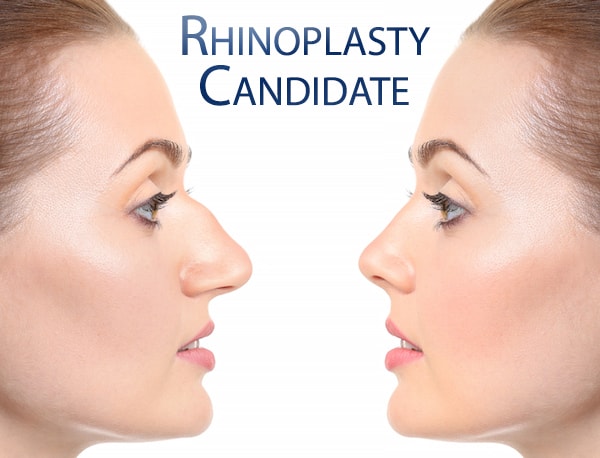
Rhinoplasty is performed to improve the shape and function of the nose. It can enhance the symmetry of the nose as well as improve facial balance and the proportion of the features of the face. Rhinoplasty can also improve and correct the ability to breathe on the part of the patient.by correcting structural issues such as a deviated septum.
According to the American Society of Plastic Surgeons, the average cost of rhinoplasty starts around $4500. The total price can be higher depending on other factors such as fees charged by the surgeon, surgical facility fees and anesthesia fees. The price also varies according to the geographic area where the surgery is performed. Some rhinoplasty procedures may be covered by insurance if the surgery is deemed medically necessary to help the breathing issues of a patient.
There are various types of rhinoplasty available to patients and they include:
Patients need to be aware of any potential risks and complications before undergoing rhinoplasty. Some of the common risks and complications include:
After the surgery, the area located around the nose and eyes will be swollen and bruised for several days. A cold compress can help reduce pain and swelling following rhinoplasty. It generally takes 10-14 days before the majority of the bruising and swelling goes away. Patients will need to keep their head elevated and mostly still for the first couple of days after the procedure. It will be several weeks before patients can resume any strenuous activities.
The final results from rhinoplasty should be visible between 6 months to a year following the surgery. As long as the patient follows the post-op instructions from the doctor, and also avoids any further damage or trauma to the nose, the results should be permanent.
MA